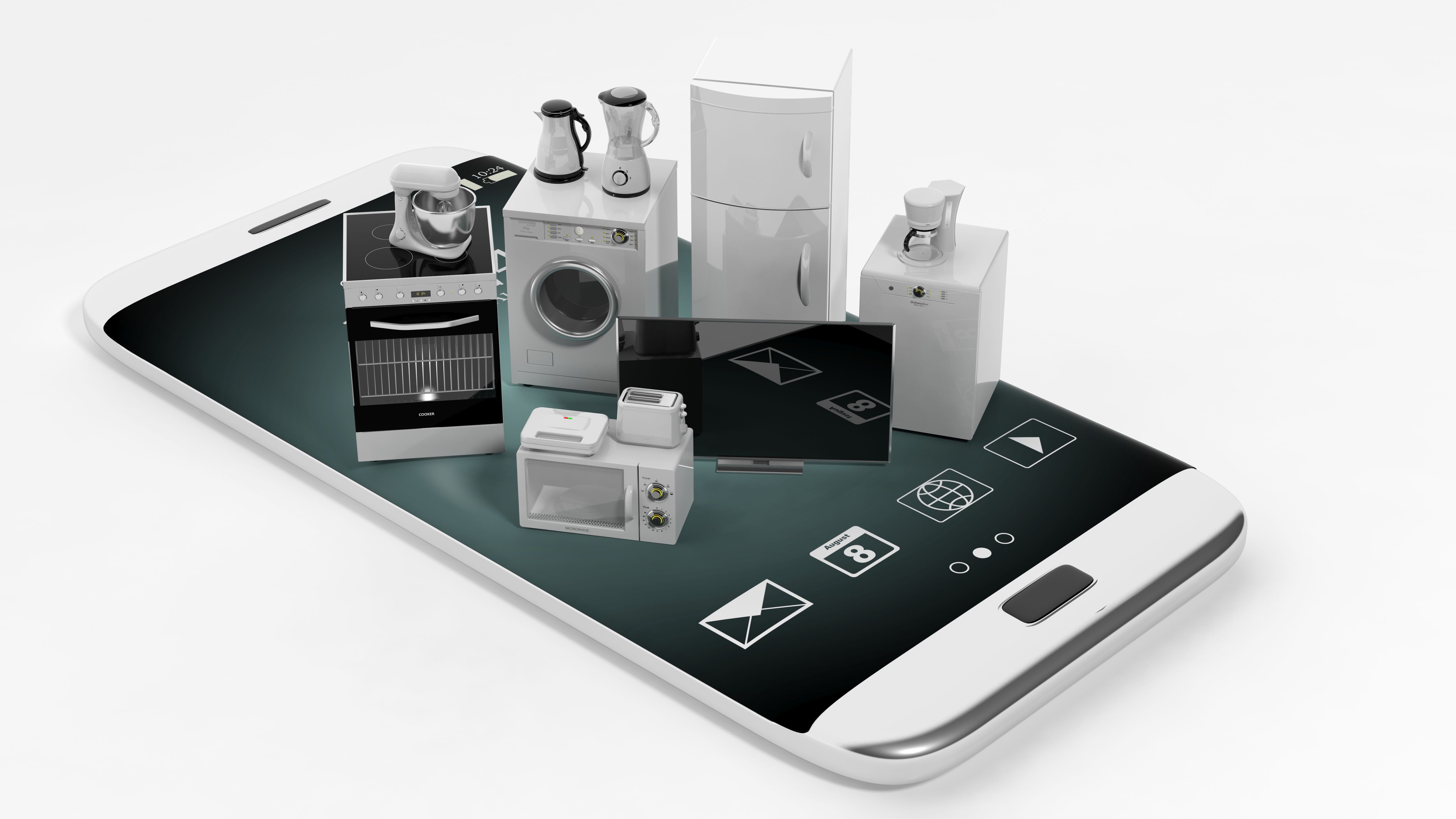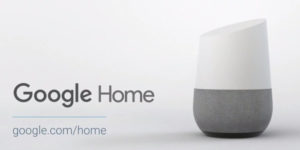
Advertising and the smart home: what’s next?
Last week, unsuspecting users of Google Home asked for their regular weather and traffic morning updates and received more than they bargained for:
“Your commute to work is currently 39 minutes by public transit. By the way, Disney’s live action Beauty and Beast opens today… For some more movie fun, ask me to tell you something about Belle.”
Users took to social media and blasted the tech giant for the controversial move. Its first attempt at advertising on its smart home speakers was quickly put on hold.
Google insisted that Disney hadn’t paid for any ad impressions. It said the promotion was an experiment “to surface unique content for users.” Maybe. But we can be sure of two things. 1) Google was carefully tracking user engagement and follow up questions about the movie. 2) With a successful proof of concept, it could easily charge brands for this in the future. Advertising, after all, is how Google earns its billions.

Logically, what happened was not so different to a radio ad. I suspect the real problem was not the ad itself, but the element of surprise. Users want to know when they are being sold to and they want a sense of control in the matter.
If Google had openly stated that this 15 second placement was “sponsored by Disney”, the reactions might have been more positive. The company clearly marks display and search advertising. Why should audio ads be any different?
The controversy got me thinking about the future of advertising. What else can we expect in our new smart homes? Can new advertising formats work for users too? Here are a few ideas.
- Smart fridges – Samsung revealed its latest smart fridge at CES in February. The Family Hub 2.0 includes advanced voice technology so that users can tell it to add items to their shopping lists and order groceries online. It’s easy to see how Samsung could partner with supermarkets or consumer brands in the future to promote different products. So, would you trust your fridge’s judgement if it recommended a new wine similar to the one you liked last time?
- Smart cars – with autonomous vehicles set to revolutionize transportation, advertisers could tap into our travel time to promote location based service. Waze already suggests gas stations and coffee breaks on route to your destination, so this would be a natural extension of that. No man would ever be guilty of forgetting a special occasion again if we had a reminder about it, could place a flower order from the car, and collect it on the way home.
- Smart TVs – timing really is key. Here at FirstImpression.io, we often adjust the timing and behavior of website display ads to better suit the user and ensure higher engagement for advertisers. The same approach could work with TV. Instead of ads interrupting the viewing experience, a smart TV could stream ads at appropriate points between scenes. Or after you’ve paused the show for a bathroom break and then hit play again.
- Smart home speakers – a competitor of Google Home, Amazon’s Alexa is already on the market and has daily deals for users. Yet the scope for advertising on these devices is far greater than what we’ve seen so far. While blasting out songs, they’ll be able to offer highly targeted ads based on your profile and history. And whether you ask them about a new movie or local restaurant, audio ads could accompany the organic search results.
As I see it, advertising will have a central place in smart homes and cities. There will be more opportunities and channels to reach to customers. Brands will have the ability to serve really interesting and relevant ads to users at appropriate times.
And with great power comes great responsibility. I want to see Google and its competitors held to high advertising standards. I want to see transparent advertising that complements our daily routines and gives users a sense of power and choice.
It’s inevitable that content publishers and service providers will have a learning curve about what works best on smart devices, but they must at least build on what we know from display advertising. Intrusive ads pretending not to be ads are never going to win over many hearts.
This post appeared originally on LinkedIn.

